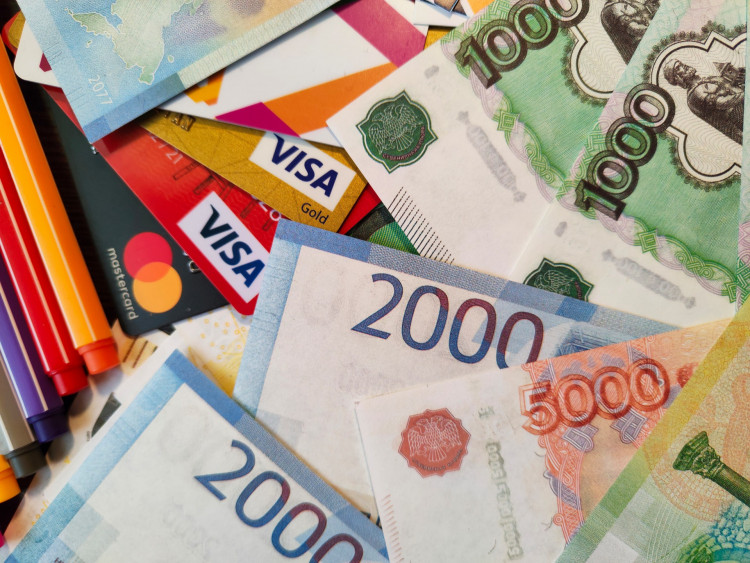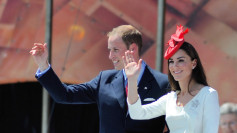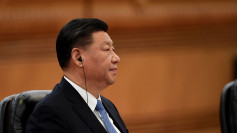Reports on Tuesday, citing knowledgeable insiders, suggest that Russia might partially reintroduce capital controls to curb the further decline of the ruble. The Russian government and exporters discussed a proposal regarding mandatory sales of export revenues in a meeting held on Monday. No breakthroughs have been achieved in the discussions, and details remain uncertain. Another meeting to delve deeper into the matter may occur later this week.
Earlier the same day, the Central Bank of Russia held an emergency meeting and raised its benchmark interest rate from 8.5% to 12%, the highest in over a year. A day prior, an economic adviser to Putin indirectly blamed the ruble's decline on monetary policy, noting that the central bank has all the tools to stabilize the situation soon.
Before the significant rate hike by the Central Bank of Russia, the ruble briefly surpassed the 100-mark against the dollar for the first time since the outbreak of the Russia-Ukraine conflict in March of the previous year. After the central bank's interest rate announcement, the ruble experienced a short-lived rise, but later gave back some of its gains. At the time of the report, the USD/RUB exchange rate hovered around 97, with news of potential capital controls providing some support.
Since the start of the year, the ruble has depreciated roughly 25% against the dollar, making it one of the worst-performing currencies in emerging markets. The ruble's value has declined by about 45% since its peak during the capital control frenzy last June.
Recently, numerous measures have been introduced by Russia to bolster the ruble. Last week, the Central Bank of Russia stated that in accordance with fiscal rules, they have decided to halt foreign exchange purchases in the domestic market from August 10, 2023, to year-end, aiming to reduce market volatility. The decision to resume these purchases will be based on the prevailing market conditions.
Mandatory sales of export revenues, coupled with other measures like restricting banks' foreign exchange transfers, were effective last year in strengthening the ruble.
Analysts believe that without the central bank's intervention, like rate hikes or enforcing exporters to sell their foreign revenues, it might take the ruble several months to recover. However, some argue that the ruble's devaluation isn't linked to capital account shocks, stating that capital controls are more suitable for such scenarios.
Reports suggest that since a significant portion of the Central Bank of Russia's foreign exchange reserves has been frozen due to sanctions, policymakers are hesitant to directly intervene in the currency market.
Exporters' revenues serve as a crucial source of foreign exchange for Russia. In July, the Central Bank's Governor, Elvira Nabiullina, mentioned that the bank was closely monitoring foreign currency sales by exporters. Recent data from the Central Bank showed that major Russian exporters sold 84% of their foreign revenue in June.
Factors like increased government spending, declining energy revenues, and Russians depositing money in foreign accounts have put pressure on the ruble. Governor Nabiullina has frequently pointed to worsening foreign trade conditions as a primary reason for the ruble's decline.
Western restrictions on Russian energy sales, such as caps on oil prices, have adversely impacted Russian exports. Thanks to the recent surge in oil prices, Russia's flagship Urals crude surpassed the price limit set by the Group of Seven in July. Analysts believe that if this trend continues, foreign currency inflows into the Russian market should gradually increase.






